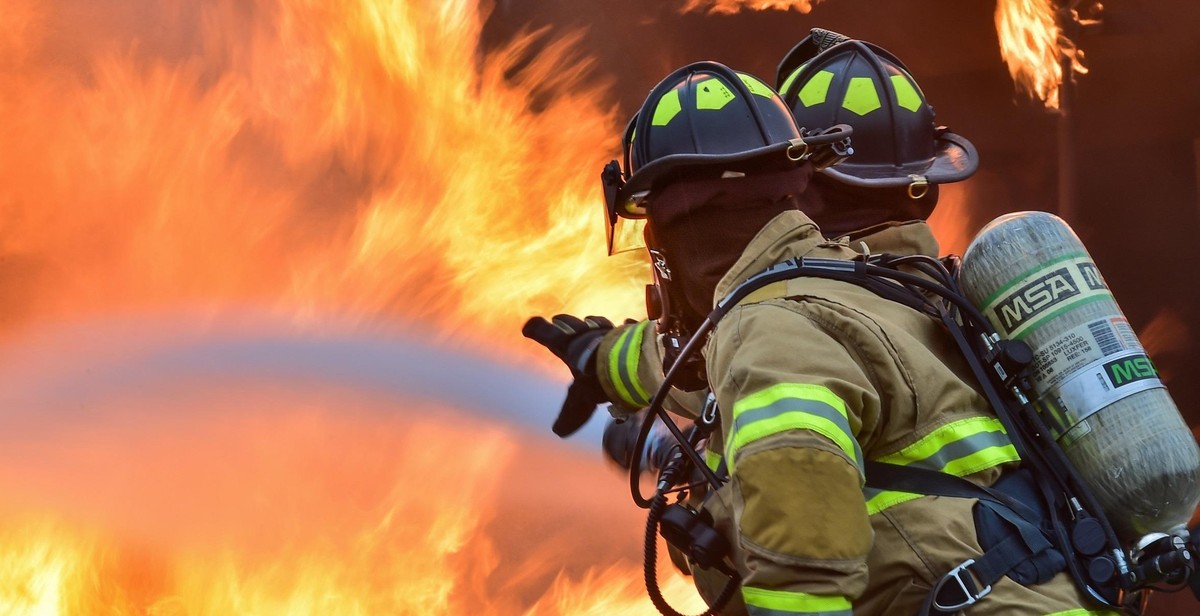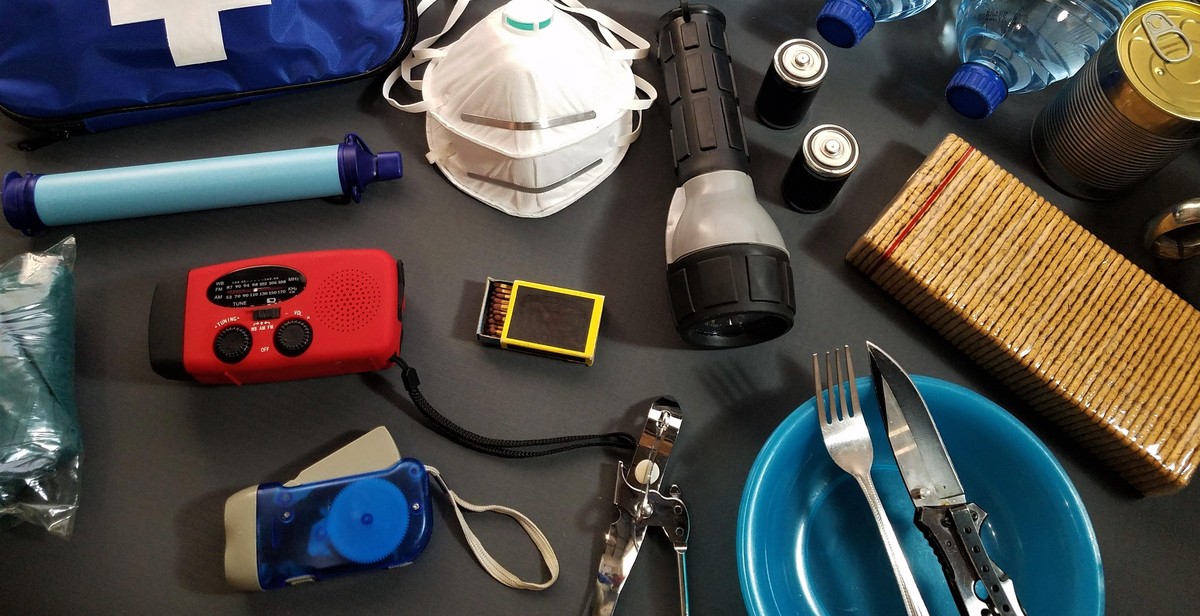How to Perform Basic First Aid in Emergency Situations
Accidents can happen at any time, and it’s essential to know how to perform basic first aid in emergency situations. Whether you’re at home, work, or out and about, having the knowledge and skills to provide first aid could save someone’s life. In this article, we’ll cover the essential steps you need to take when performing basic first aid in an emergency situation.
Step 1: Assess the Situation
The first step in providing first aid is to assess the situation. This involves checking for any immediate danger to yourself or the person in need of assistance. If there is any danger, move to a safe location before proceeding.
Step 2: Call for Help
Once you’ve assessed the situation, the next step is to call for help. If you’re in a public place, look for someone to call emergency services. If you’re alone, call emergency services yourself. Make sure to provide your location and a brief description of the situation.
Step 3: Provide Basic First Aid
While waiting for help to arrive, you can provide basic first aid to the person in need. This includes checking their airway, breathing, and circulation. If they’re conscious, try to keep them calm and comfortable until help arrives.
By following these basic steps, you can provide essential first aid in emergency situations. However, it’s important to remember that first aid is not a substitute for professional medical care. Always seek medical attention as soon as possible.

Assess the Situation
In emergency situations, it is essential to assess the situation before taking any action. The first step is to check for danger. You cannot help the victim if you become a victim yourself. Therefore, it is crucial to ensure that the area is safe for you to approach and assist the victim. Look out for any potential hazards such as traffic, fire, or electrical wires.
Once you have determined that the area is safe, the next step is to assess the victim’s condition. The victim’s condition will determine the type of first aid required and the urgency of the situation.
Assess the Victim’s Condition
Check if the victim is conscious or unconscious. If the victim is conscious, introduce yourself, explain that you are there to help, and obtain their permission to assist them.
If the victim is unconscious, check for breathing and pulse. If the victim is not breathing or has no pulse, begin CPR immediately and call for emergency medical services.
Check for any visible injuries, such as bleeding, fractures, or burns. If there is bleeding, apply pressure to the wound to stop the bleeding. If there is a fracture, immobilize the affected area with a splint or sling. If there is a burn, cool the affected area with water for at least 10 minutes.
It is essential to keep the victim warm and comfortable while waiting for medical assistance. Cover the victim with a blanket or any available clothing to prevent hypothermia.
Do not move the victim unless necessary
Moving the victim may cause further injury, especially if there is a suspected spinal injury. If you must move the victim, do so with utmost care and support the head and neck to prevent further damage.
Remember, assessing the situation and the victim’s condition is crucial in determining the appropriate first aid and urgency of the situation. Always prioritize your safety and the victim’s safety before taking any action.

Call for Help
Performing basic first aid can be a lifesaving skill, but there are times when calling for help is necessary. In emergency situations, it is important to act quickly and efficiently to ensure the safety and well-being of the person in need. Here are some steps to follow when calling for help:
Call the Emergency Services
The first step in calling for help is to dial the emergency services. In most countries, this is the number 911. When you call, provide the operator with the following information:
- Your location
- The nature of the emergency
- The number of people involved
- Their condition (if known)
Be sure to speak clearly and calmly, and follow any instructions the operator gives you.
Inform Others Nearby
While waiting for emergency services to arrive, it is important to inform others nearby of the situation. This can include coworkers, family members, or anyone else who may be able to assist. Be sure to provide them with any necessary information, such as the location of the person in need and their condition.
If the person is unconscious or unable to speak, it is important to provide any medical information you may have, such as allergies or medical conditions.
Remember to stay calm and reassure the person in need that help is on the way. If necessary, perform basic first aid until emergency services arrive.
Conclusion
Calling for help is an important step in emergency situations. By following these steps and staying calm, you can ensure that the person in need receives the help they require. Remember to always prioritize safety and act quickly in emergency situations.

Perform Basic First Aid
Knowing how to perform basic first aid can be a lifesaver in emergency situations. Whether you are at home, work, or out in public, being able to provide immediate care can make a significant difference in the outcome for the person in need. Here are some essential skills to master:
CPR
CPR, or cardiopulmonary resuscitation, is a technique used to restore breathing and circulation in someone who has stopped breathing or whose heart has stopped beating. It involves chest compressions and rescue breathing. To perform CPR:
- Call for emergency medical services immediately.
- Place the person on their back on a firm surface.
- Place the heel of your hand on the center of their chest and interlock your fingers.
- Press down firmly and quickly, allowing the chest to return to its normal position between compressions.
- Repeat the compressions at a rate of 100-120 per minute until help arrives.
- If you are trained and comfortable doing so, provide rescue breaths in between compressions.
Choking
If someone is choking and cannot breathe or speak, immediate action is necessary to dislodge the object blocking their airway. Here’s what to do:
- Stand behind the person and wrap your arms around their waist.
- Make a fist with one hand and place it just above their navel, with your thumb facing inward.
- Grasp your fist with your other hand and pull inward and upward quickly and forcefully.
- Repeat until the object is dislodged or the person becomes unconscious.
- If they become unconscious, begin CPR.
Bleeding
In the event of severe bleeding, it’s important to act quickly to stop the flow of blood and prevent shock. Here’s what to do:
- Apply direct pressure to the wound with a clean cloth or bandage.
- If the bleeding does not stop, apply additional pressure and elevate the affected limb if possible.
- Call for emergency medical services or transport the person to the hospital immediately.
Burns
Burns can range from minor to severe and require different levels of treatment. For minor burns:
- Run cool water over the affected area for several minutes.
- Cover the burn with a sterile gauze bandage or clean cloth.
- For more severe burns, call for emergency medical services immediately.
Fractures and Sprains
If someone has a suspected fracture or sprain, it’s important to immobilize the affected area to prevent further injury and reduce pain. Here’s what to do:
- If possible, keep the person still and in the same position they were in when the injury occurred.
- Apply a splint or brace to the affected area to immobilize it.
- Elevate the affected limb if possible to reduce swelling.
- Call for emergency medical services or transport the person to the hospital immediately.
Conclusion
In conclusion, basic first aid skills are essential for anyone to have in emergency situations. Knowing how to assess the situation, call for help, and perform basic first aid can make the difference between life and death.
By following the steps outlined in this article, you can gain the confidence and knowledge needed to effectively respond to an emergency. Remember to stay calm, assess the situation, and take action quickly but carefully.
It’s important to note that while basic first aid can be helpful in many situations, it’s not a replacement for professional medical care. If the situation is beyond your abilities or the person is experiencing severe symptoms, it’s crucial to call for emergency medical services immediately.
Additionally, it’s recommended to regularly refresh your first aid skills and knowledge by taking courses, attending seminars, or reviewing online resources. This way, you can stay up-to-date with the latest techniques and best practices for providing first aid.
By being prepared and knowledgeable, you can help ensure the safety and well-being of yourself and those around you in emergency situations.
